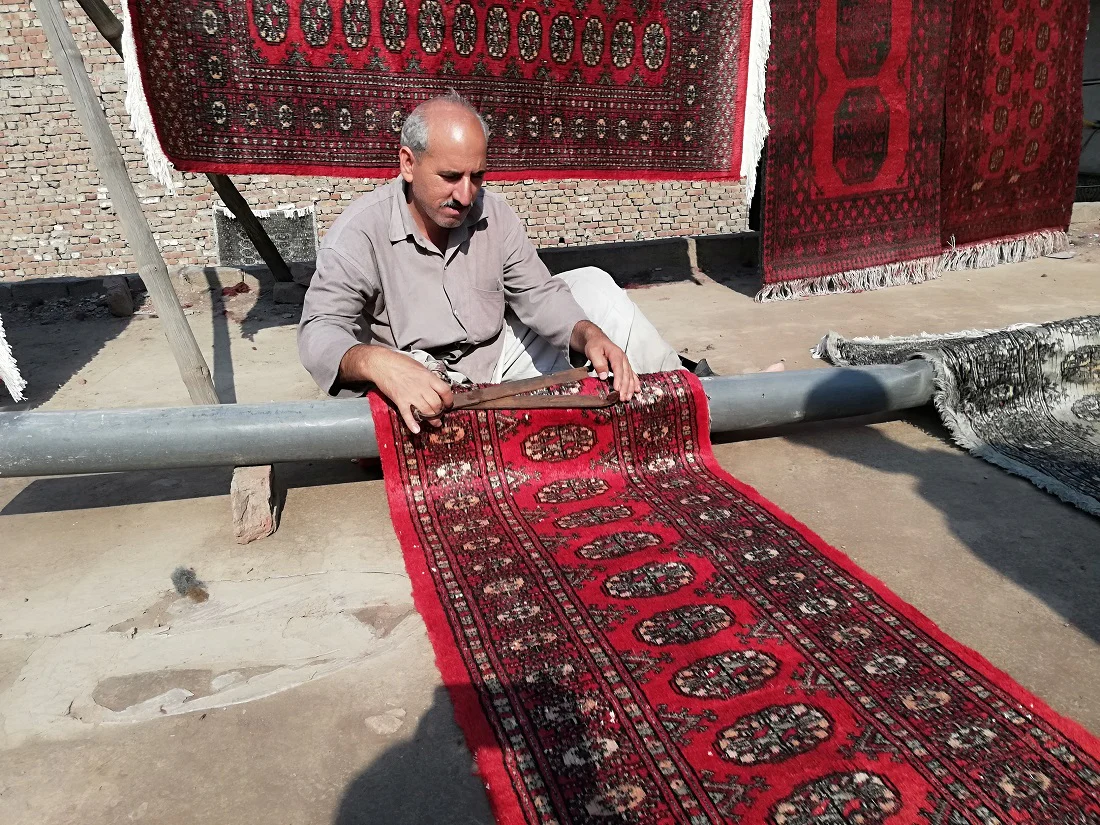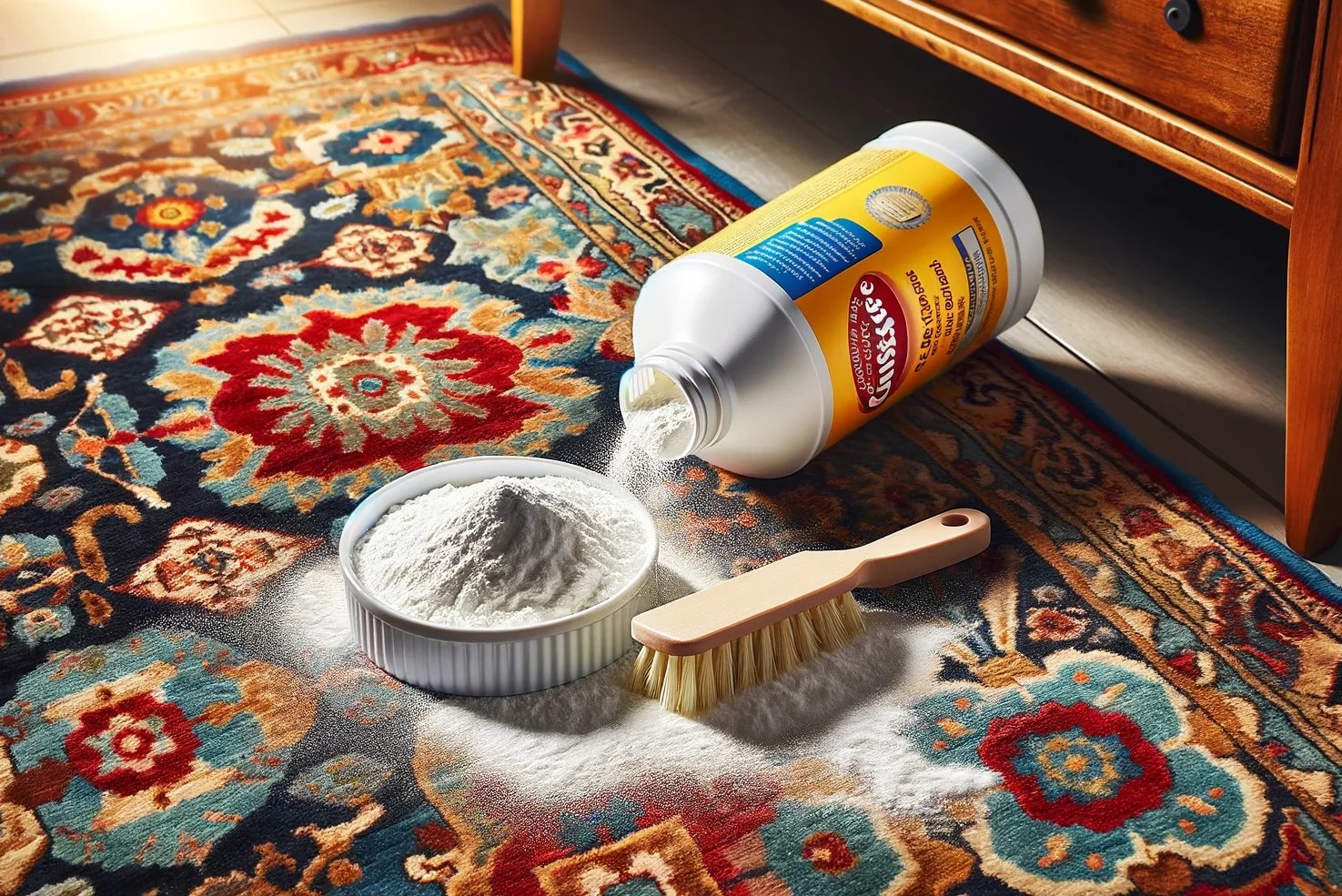How to buy a Persian Carpet and What to Consider
Why Persian Rugs Are Considered Valuable Investments
Persian rugs are esteemed for their quality and durability, crafted from the finest materials such as wool, silk, and cotton. The labour-intensive process of hand-knotting, sometimes involving millions of knots, contributes to their uniqueness and value.
Antique Persian rugs can fetch substantial sums, appreciated for their historical significance, artistic merit, and the skill evident in their creation.
But what are the factors to consider when buying a Persian rug for your home and ensure you buy something good, authentic and valuable?
Firstly, think about buying a rug as similar to buying a piece of art. The below sections are meant to provide you a guidance on key elements and factors to look out and consider.
Selecting the Perfect Persian Rug
Choosing a Persian rug involves navigating a myriad of styles, patterns, and origins, each offering its own charm and story. See below the factors that can help you to decide.
Factors Influencing Your Choice
- Size and Placement: Referencing a rug size guide can help determine the ideal dimensions for your intended space. Whether adorning a grand living room or a cosy study, the rug should complement the room’s scale and enhance its overall ambiance.
- Material and Craftsmanship: The quality of a Persian rug is paramount, influenced by the choice of material and the knot density. Wool rugs are renowned for their resilience and warmth, while silk rugs are prized for their lustre and intricate detailing.
- Type and Design: Persian rugs vary from regionally specific designs, like the intricate patterns of Tabriz and the bold motifs of Heriz, to name just a few. Understanding the different types can guide you in selecting a rug that resonates with your aesthetic preferences and the narrative you wish to weave into your home’s decor.
Ensuring Authenticity and Quality
In the realm of Persian rugs, authenticity and quality are the hallmarks of a wise investment. Discerning between a genuine masterpiece and an imitation requires a keen eye and a bit of knowledge.
Verifying Authenticity
Authentic Persian rugs are hand-knotted in Iran, and their value is significantly influenced by this heritage. Features indicating authenticity include:
- Hand-Knotting: Genuine Persian rugs are meticulously hand-knotted, with each knot contributing to the rug's intricate design and durability. The underside of the rug should show the same pattern as the top, a telltale sign of handcrafting.
- Material Quality: Traditional Persian rugs are made from natural materials such as wool, silk, or a blend of both. The sheen and texture of these materials can often distinguish an authentic rug.
- Signatures and Seals: Some Persian rugs bear the signature or seal of the weaver or the workshop, adding to their authenticity and value.
Assessing Quality
Quality in Persian rugs is determined by several factors:
- Knot Density: Measured in knots per square inch (KPSI - read more here), higher knot density often translates to finer detail and durability.
- Dye Quality: Natural dyes derived from plants and minerals have been traditionally used in Persian rugs and are favoured for their vibrant and lasting colours.
- Design Complexity: The intricacy of the rug's design, including the clarity of patterns and colour transitions, reflects the skill of the weaver and the quality of the rug.
Investment and Care
Persian rugs are more than just decorative items; they are investments that can appreciate over time, provided they are well cared for.
Maintaining Value Through Care
Proper maintenance is key to preserving the beauty and value of your Persian rug:
- Regular Cleaning: Vacuum your Persian rug gently to remove dirt and dust. Avoid using beater brushes that can damage the rug's fibres.
- Immediate Attention to Spills: Clean spills promptly by blotting with a clean, dry cloth. Avoid harsh chemicals that can damage the rug's dyes.
- Professional Cleaning: Periodic professional cleaning is recommended to deeply clean the rug without damaging it, especially for silk or antique rugs.
Understanding Rug Investments
The value of Persian rugs can increase over time, making them worthwhile investments. Factors contributing to a rug's investment value include:
- Rarity and Uniqueness: Unique designs, rare colours, or historical significance can increase a rug's value.
- Condition: A well-maintained rug in excellent condition is more likely to appreciate in value.
- Provenance: Rugs with a documented history or belonging to a renowned weaver or workshop hold greater value.
Please refer to the other relevant sections of this site to have more info about all the above points. It's important for you to have a clear understanding of quality factors, styles, history before making the right purchase for you.
Definitive Persian Carpet Buying Guide: My Personal Tips
I break down below the top factors and elements to consider when buying a Persian Rug, starting from the most important "primary criteria". Also and most importantly, think of purchasing a rug as similar to buying a piece of art and carefully consider each criterion, background, quality but also maintenance and increasing value overtime.
Primary Criteria:
The type of room the rug will go in:
This will influence the size, design, and colour of the rug. For example:
- Living room rugs tend to be larger and more decorative, as they are the focal point of the room.
- Dining room rugs should be easy to clean in case of spills, and they should also be a size that allows chairs to be pulled in and out from the table comfortably.
- Bedroom rugs can be smaller and more plush, as they are primarily for comfort.
- Kitchen rugs should be small, easy to clean, and slip-resistant.
The dimensions of the rug:
Set absolute limits for the length and width of the rug so that you don't end up with a rug that is too big or too small for the space. Here are some tips for determining the right size rug for your room:
- Measure the room to determine how much space you have for a rug.
- Consider the layout of the furniture in the room. You will typically want the rug to be at least partially under the front legs of your furniture.
- Leave some border around the edge of the rug so that it doesn't look like it's crammed into the space.
The pile height of the rug:
This refers to the thickness of the rug's fibres. Rugs with a higher pile height are more comfortable to walk on but may be more difficult to clean. Here are some things to consider when choosing pile height:
- High pile height rugs are a good choice for living rooms and bedrooms, where comfort is important.
- Low pile height rugs are easier to clean and may be a better choice for kitchens and entryways.
The colours of the rug:
Choose a rug that has a few accent colours that match the colours in the room. You also want to consider the brightness or darkness of the rug, depending on the type of room it will be in. Here are some additional tips for choosing rug colours:
- Light-coloured rugs can help to make a small room look larger.
- Dark-coloured rugs can help to hide dirt and grime.
- Cool colours (such as blue and green) can create a calming atmosphere.
- Warm colours (such as red and yellow) can create a more energetic atmosphere.
The design of the rug:
There are many different designs of Persian and Oriental rugs, including floral, geometric, and Herati (fish) designs. You can also choose between medallion and all-over patterns. Here are some things to consider when choosing a rug design:
- The overall style of your home decor.
- The size and shape of the room.
- Your personal preferences.
Secondary Criteria:
Secondary criteria are less important than primary criteria, but they can still be helpful for making a final decision. Here are the secondary criteria discussed in the video, with more details for each:
The type of rug:
There are many different types of Persian and Oriental rugs, each with its own distinct characteristics. Here are some of the most common types:
- Afghan rugs: Afghan rugs are known for their bold colors and geometric designs.
- Bakhtiari rugs: Bakhtiari rugs are known for their intricate geometric designs and their use of wool.
- Belouch rugs: Belouch rugs are known for their geometric designs and their use of wool and goat hair.
- Herati rugs: Herati rugs are known for their all-over Herati (fish) design.
- Kazakh rugs: Kazakh rugs are known for their bold colors and geometric designs.
- Qashqai rugs: Qashqai rugs are known for their geometric designs and their use of wool and goat hair.
- Senaghan rugs: Senaghan rugs are known for their intricate floral designs and their use of silk.
- Tabriz rugs: Tabriz rugs are known for their fine quality and their use of silk.
- See the other types here.
The knot density of the rug: This refers to the number of knots per square inch of the rug. Higher knot density rugs are generally more expensive and more durable, but they are not necessarily better for all designs. Here are some things to consider when choosing knot density:
- Higher knot density rugs are more durable and can be more intricate in design.
- Lower knot density rugs may be more appropriate for some designs, such as Herati rugs
Also, consider reading the related buying guides:
Choosing the Perfect Carpet for Different Living Spaces
Explore the below sections to get more inspiration and choose the right carpet for your room.
Living Room
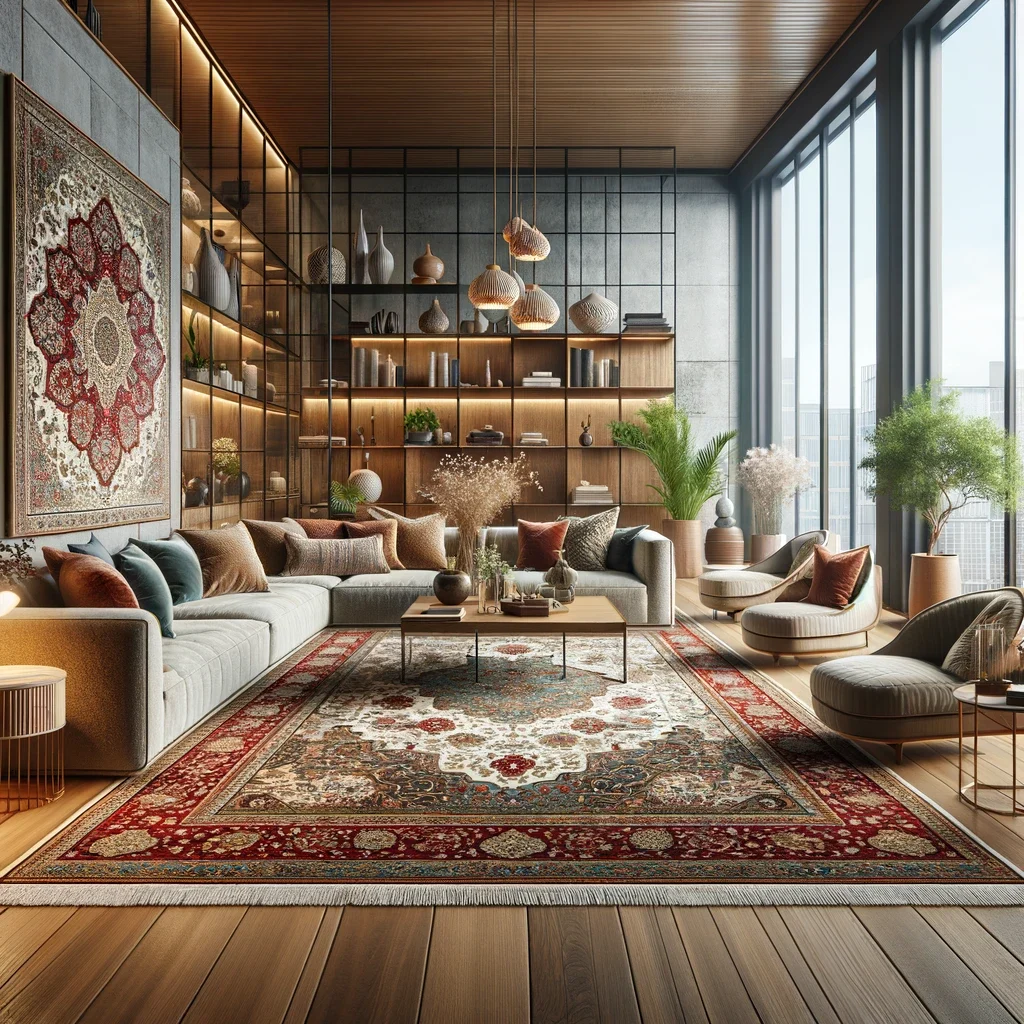
Bedroom
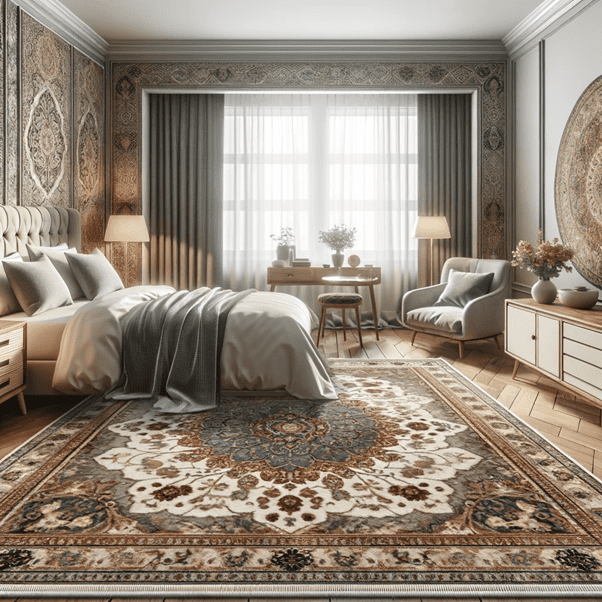
Lounge
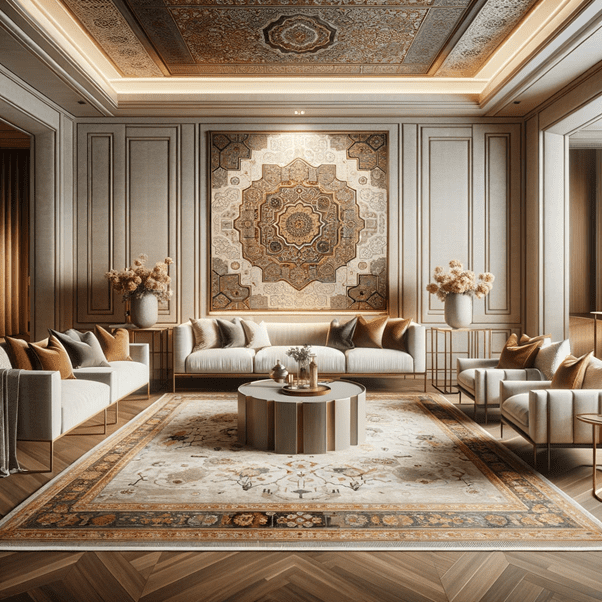
Hallway
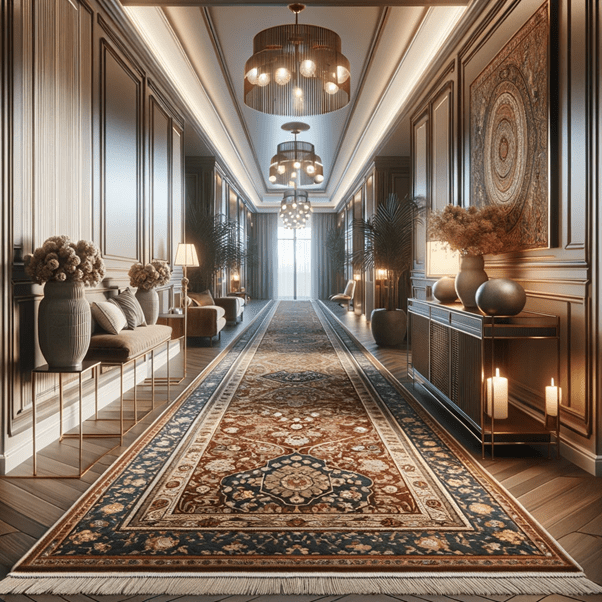
Stairs
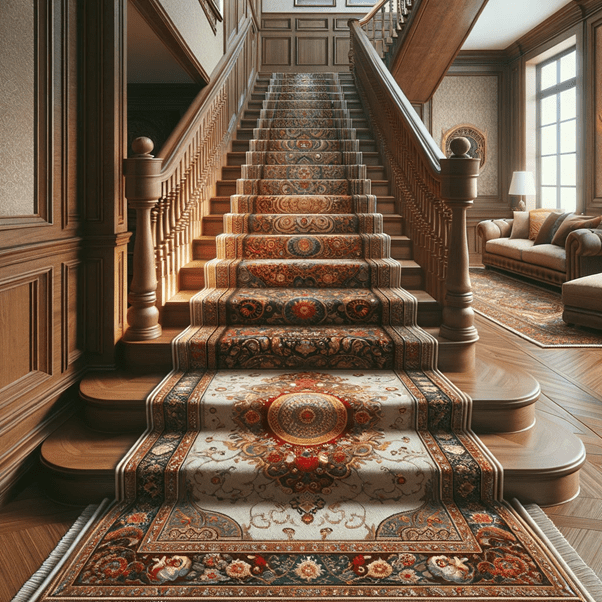
Car Mats
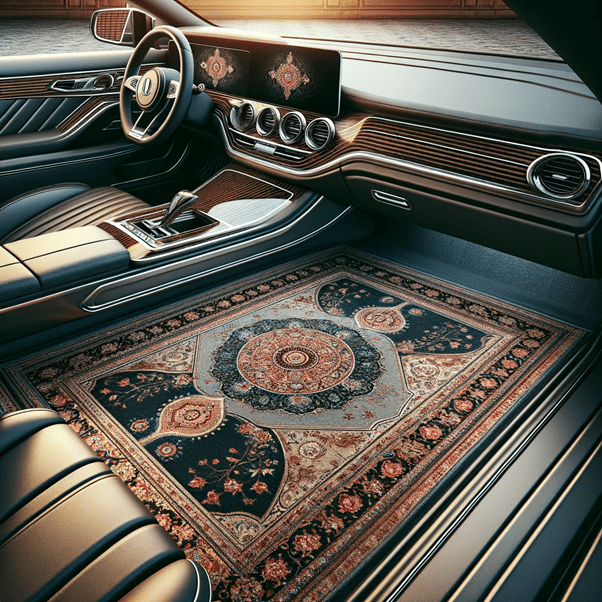
Kitchen
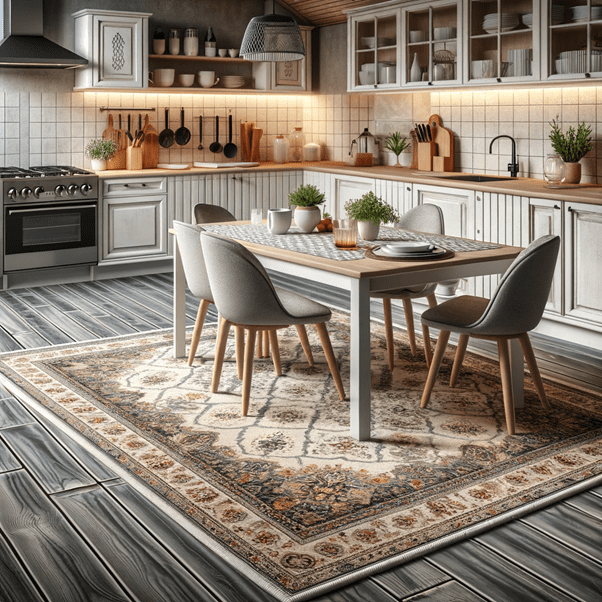
Bathroom
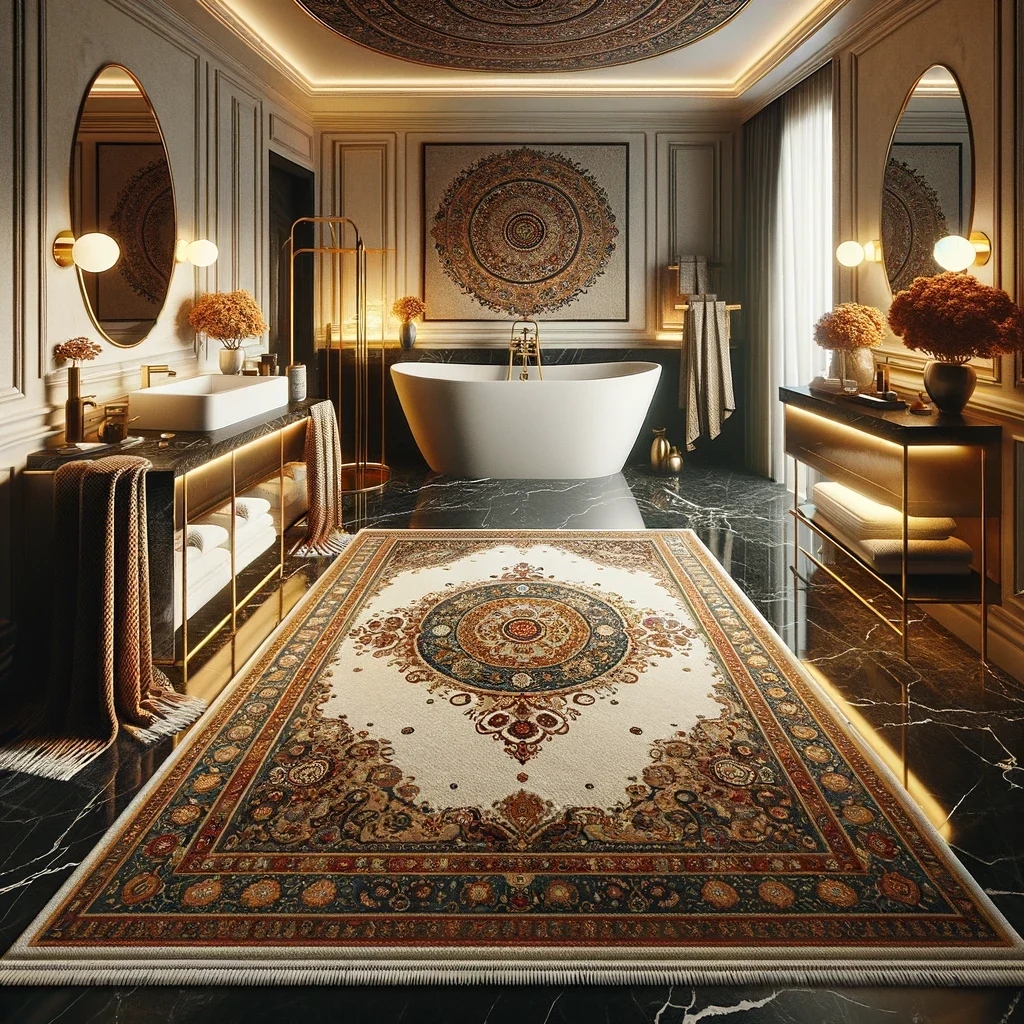
Joe Rugs - Carpet Expert
Hello! I'm Joseph Rugs, the founder of CarpetJoe.com and your guide through the intricate world of carpets. Born and raised in London with a deep-rooted passion for art and culture, I've explored the globe to bring the rich tapestry of carpet weaving right to your screen. My academic background in arts and humanities from Oxford has fueled my curiosity, leading me to uncover the stories behind every knot and weave. As a family man, my adventures are shared with my loved ones, enriching our lives with every piece of art we encounter. Join me as we explore the beauty and craftsmanship of carpets together.
Explore Carpet Care & Maintenance sections
Carpet Repair & Restoration Guides
Carpet damage can range from minor issues like small burns or stains to more significant problems such as large tears or widespread wear.
Identifying the type of damage is the first step in determining the most suitable repair method.
Master carpet repair with our guides. Learn about fixing burns, holes, and wear in carpets and rugs, including DIY patch repairs and professional restoration tips.
Frequently Asked Questions
Antique rugs, especially those from notable weaving cities and with unique designs or historical significance, are typically the most valuable.
Flaws in a Persian rug, such as slight irregularities in weave or color, often attest to its handcrafted nature. While significant damage can reduce value, minor flaws may not necessarily detract from the rug's worth and can add character.
The terms rug and carpet are often used interchangeably, but traditionally, a carpet is larger, typically covering an entire room, while a rug is smaller and used as an accent piece.
Yes, especially those of high quality, with unique designs, or historical pieces. Proper care and favorable market conditions can see Persian carpets appreciate over time.
The Ardabil Carpet, housed in the Victoria and Albert Museum in London, is among the most famous, known for its age, historical significance, and exquisite craftsmanship.
Red dye, derived from natural sources like the madder plant, is abundant and has been traditionally favored for its vibrancy and resistance to fading. Red is also culturally significant in many of the regions that produce these rugs.
A signature can increase a rug's value, especially if it's by a renowned weaver or workshop, as it adds to the rug's authenticity and provenance.
Purchase from reputable dealers, request certificates of authenticity, and consider independent appraisals for high-value rugs to ensure you're getting a genuine piece.

